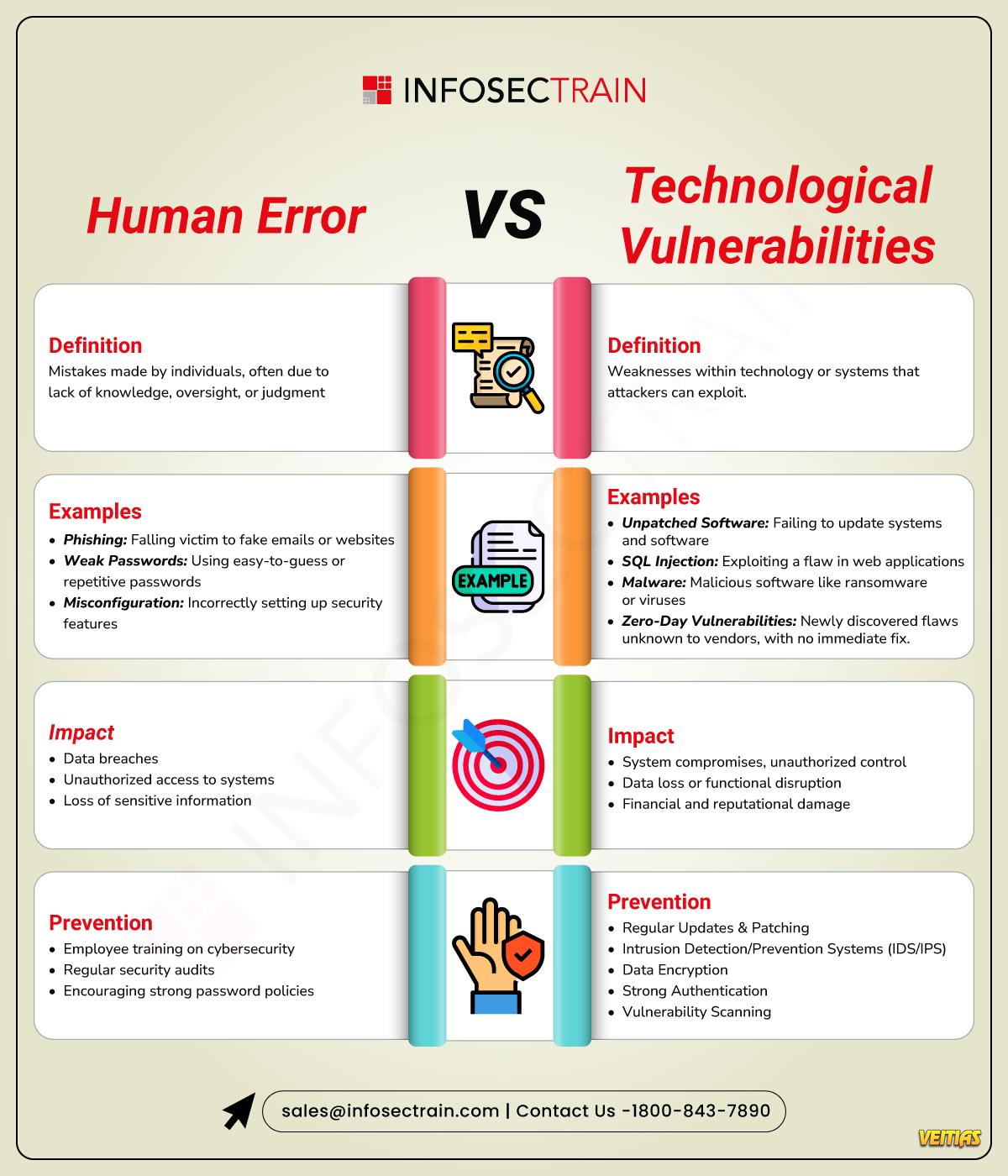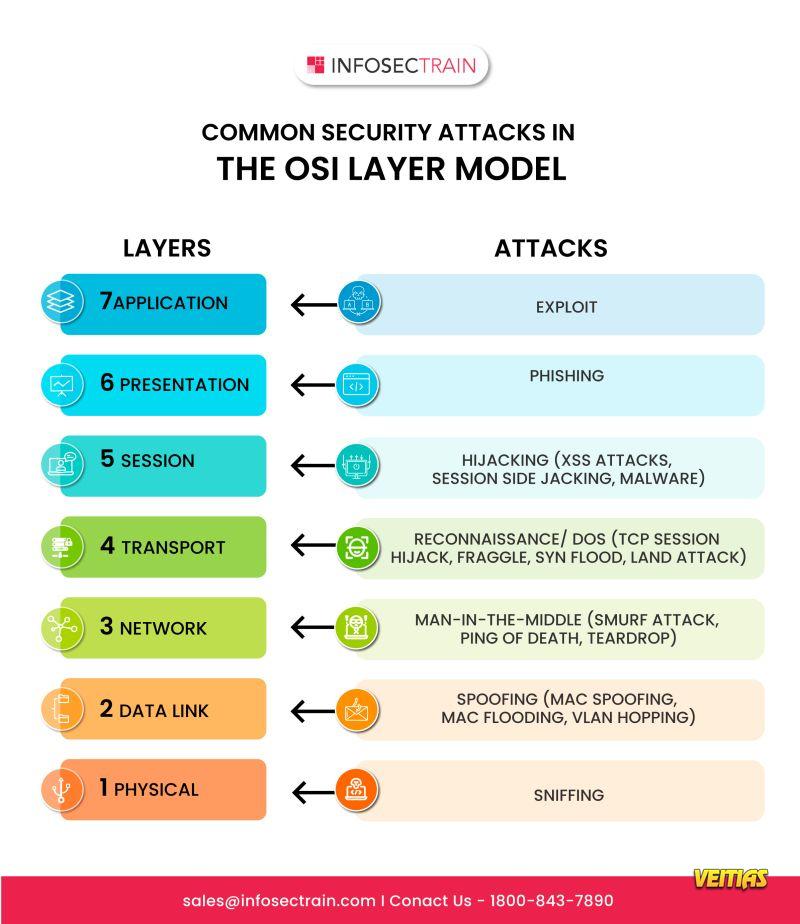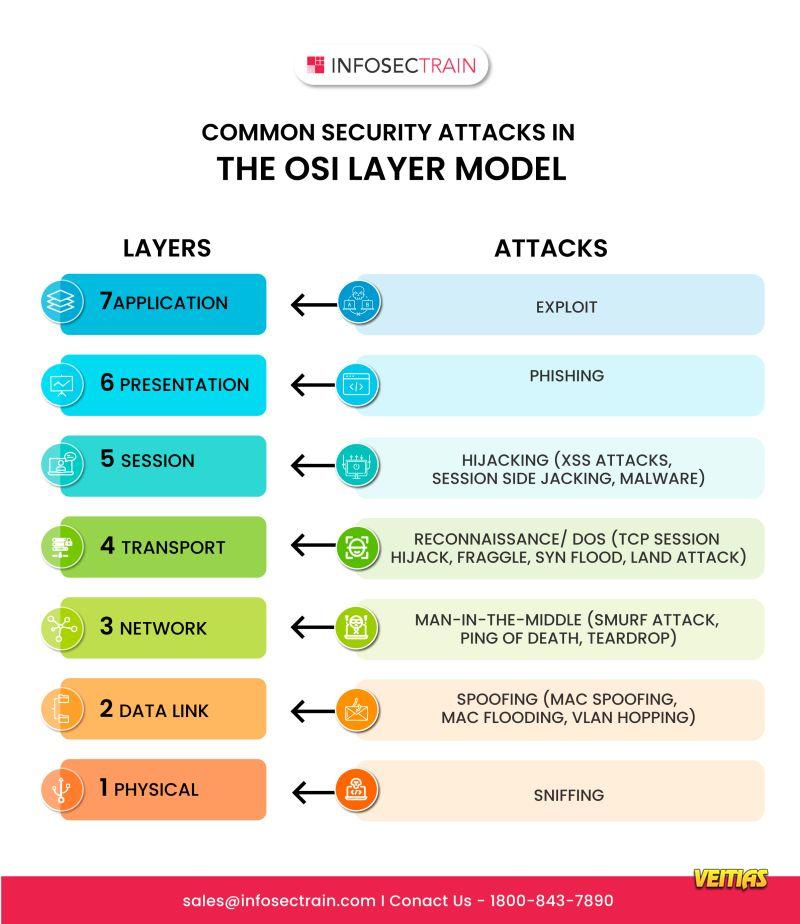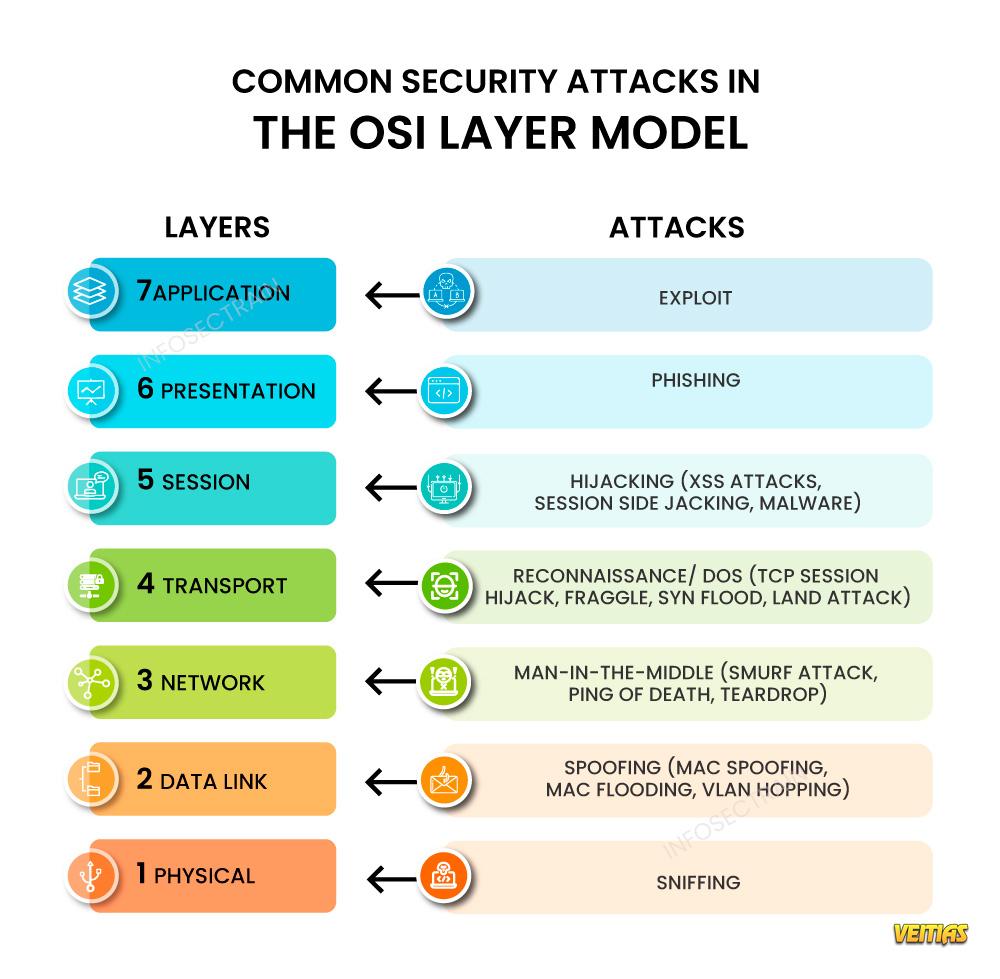Real-World Cyber Attacks Explained | Red Team Tactics Exposed
What You’ll Discover:
Performing Poisoning and Relay attacks for initial Foothold
MSSQL Exploitation
Understanding and performing Kerberoasting
What is DCSync Attack and how it works
Usage of Threat intelligence in Red Team
What is Adversary Emulation and why we need it
Watch Here: https://youtu.be/a5Kn_TybHZE?si=VZSL0JaHozxxnar2
#RedTeam #CyberSecurity #EthicalHacking #PenetrationTesting #RedTeamTraining #CyberAttacks #RedTeamVsBlueTeam #PurpleTeam #AdvancedRedTeam #CyberThreats #RedTeamTools
What You’ll Discover:
Performing Poisoning and Relay attacks for initial Foothold
MSSQL Exploitation
Understanding and performing Kerberoasting
What is DCSync Attack and how it works
Usage of Threat intelligence in Red Team
What is Adversary Emulation and why we need it
Watch Here: https://youtu.be/a5Kn_TybHZE?si=VZSL0JaHozxxnar2
#RedTeam #CyberSecurity #EthicalHacking #PenetrationTesting #RedTeamTraining #CyberAttacks #RedTeamVsBlueTeam #PurpleTeam #AdvancedRedTeam #CyberThreats #RedTeamTools
Real-World Cyber Attacks Explained | Red Team Tactics Exposed
✨ What You’ll Discover:
✅ Performing Poisoning and Relay attacks for initial Foothold
✅ MSSQL Exploitation
✅ Understanding and performing Kerberoasting
✅ What is DCSync Attack and how it works
✅ Usage of Threat intelligence in Red Team
✅ What is Adversary Emulation and why we need it
Watch Here: https://youtu.be/a5Kn_TybHZE?si=VZSL0JaHozxxnar2
#RedTeam #CyberSecurity #EthicalHacking #PenetrationTesting #RedTeamTraining #CyberAttacks #RedTeamVsBlueTeam #PurpleTeam #AdvancedRedTeam #CyberThreats #RedTeamTools

0 Commentarios
0 Acciones
3368 Views
0 Vista previa








